
- English
- Español
- Português
- русский
- Français
- 日本語
- Deutsch
- tiếng Việt
- Italiano
- Nederlands
- ภาษาไทย
- Polski
- 한국어
- Svenska
- magyar
- Malay
- বাংলা ভাষার
- Dansk
- Suomi
- हिन्दी
- Pilipino
- Türkçe
- Gaeilge
- العربية
- Indonesia
- Norsk
- تمل
- český
- ελληνικά
- український
- Javanese
- فارسی
- தமிழ்
- తెలుగు
- नेपाली
- Burmese
- български
- ລາວ
- Latine
- Қазақша
- Euskal
- Azərbaycan
- Slovenský jazyk
- Македонски
- Lietuvos
- Eesti Keel
- Română
- Slovenski
- मराठी
- Srpski језик
Stamping Technology
2024-05-16
Processing the metal sheet into the required shape is the cold forming process. Standard cold forming technology is sheet metal processing including stamping, forging, extrusion, rolling and drawing. Stamping is the most popular cold forming technology in sheet metal processing and is used in multiple industries, including automotive, electronic communications, aerospace, construction hardware, etc.
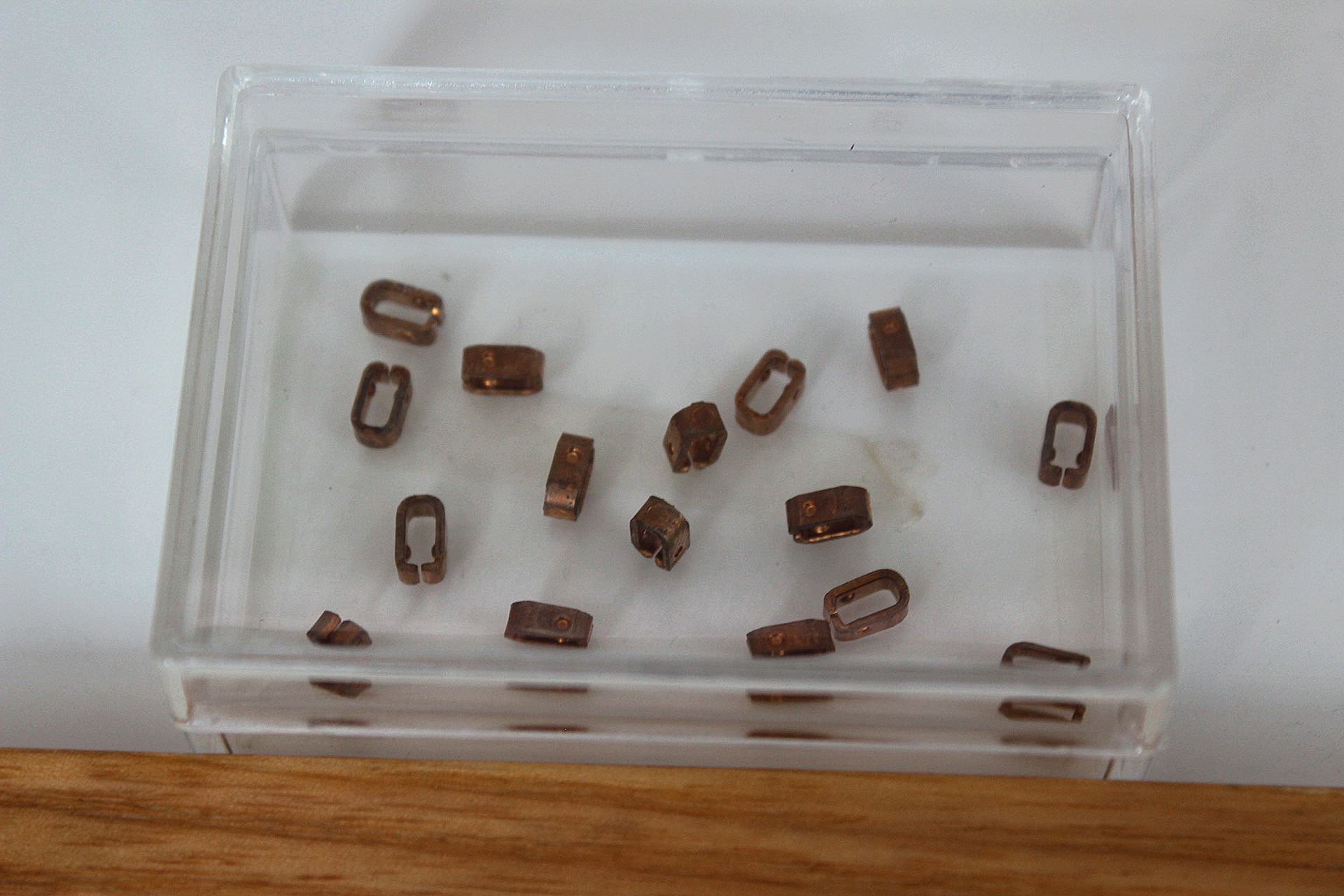
What is metal stamping?
Stamping is a manufacturing method that uses the pressure of a stamping machine to convert metal coils or plates into the required geometric shape on a designed-shaped mold. Using the stamping process, production efficiency can be improved to the greatest extent and precision metal stamping parts can be produced. By optimizing processes, systems and tools, stamping becomes more industrialized.
Stamping machine, stamping die, and punch are three important components in the stamping process. Customized parts require customized molds, send samples or drawings, and HY engineers will provide you with a free evaluation and quotation. You may think that the metal plate will produce a lot of cutting waste during the die stamping process. With the advancement of technology, less and less waste is now produced. Through the design of the die feeding, no waste will be left.
Depending on the complexity of the part, manufacturing each part may require many steps, including punching, blanking, embossing, flanging and bending.
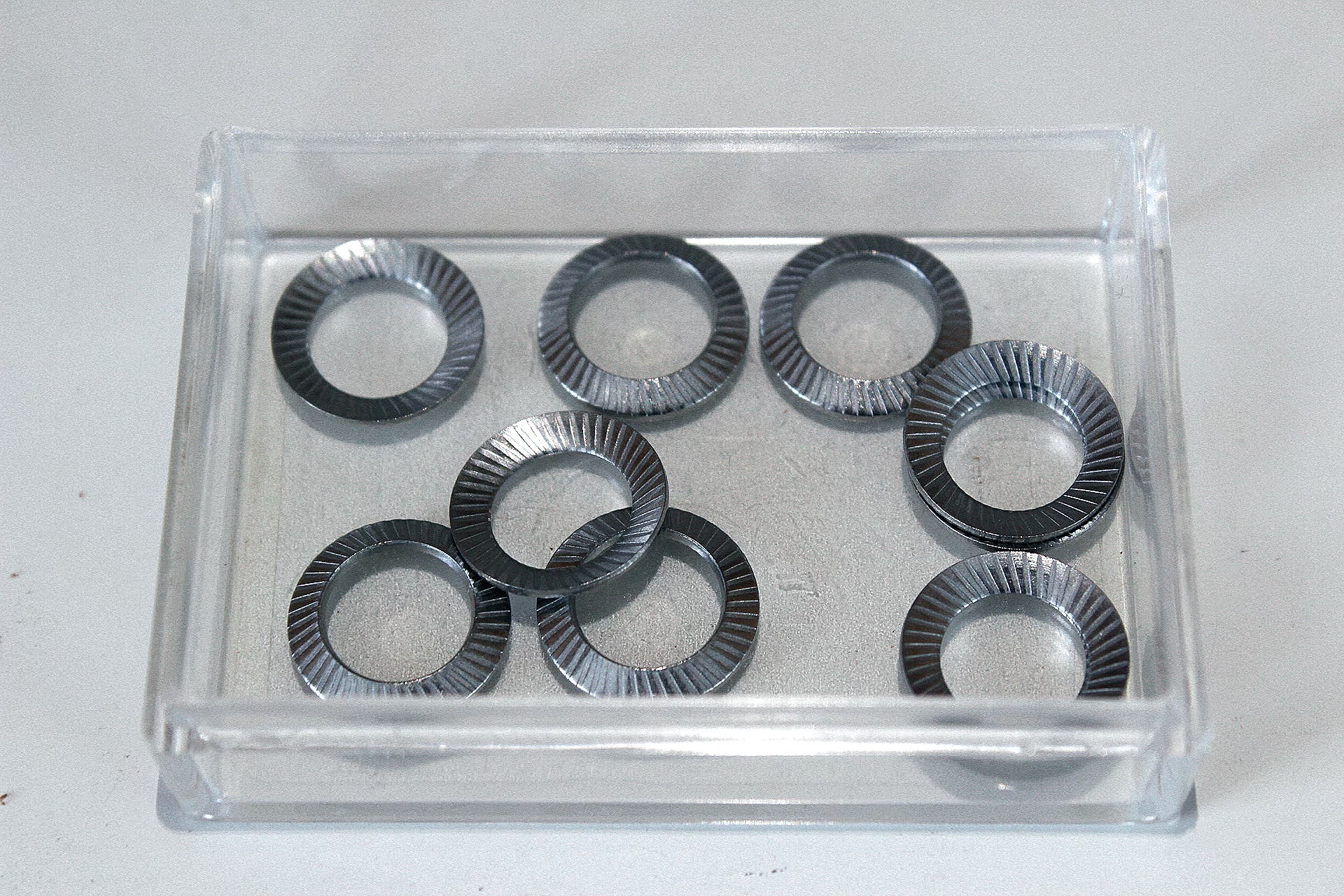
What materials can be stamped?
Stamping works on metal parts as well as some plastics and composite materials. The following are commonly used materials for stamping:
·•Iron parts
·•Aluminum
·•Copper
·•Brass
·•Titanium
·•Nichrome
·•Polystyrene
·•Polypropylene
·•ABS
·•Carbon fiber
·•Aramid fiber
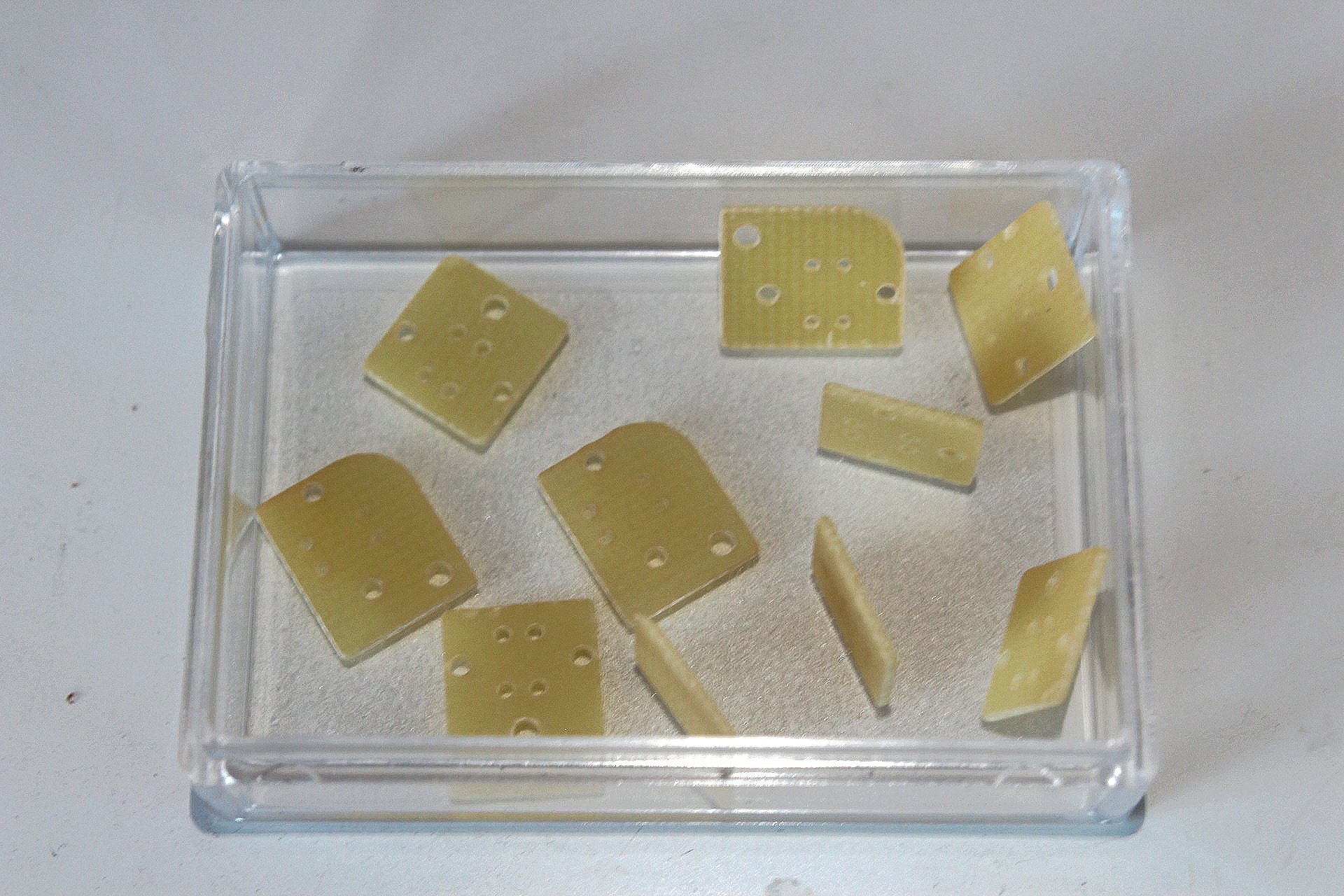
Types of stamping processes
According to standard stamping practice, there are four processes: progressive die, four-slide, deep drawing, and short-run stamping.
1. Progressive die stamping
Progressive stamping is a highly efficient stamping process often used to produce complex parts in high volumes. In the progressive stamping process, the metal sheet passes through a series of mold stations, gradually performing multiple stamping operations to ultimately complete the manufacturing of the part.
The main features of progressive die stamping include:
•Multi-station design: Progressive die stamping is equipped with multiple stations, each of which performs specific stamping operations. By passing through different work stations one by one, multiple stamping operations are performed continuously to complete the forming of complex parts.
•Automated operation: Progressive die stamping usually uses automated equipment to operate, including feeding, positioning, stamping, discharge and other processes. This automation increases productivity and consistency and reduces the possibility of human error.
•High precision and repeatability: Because each station precisely controls the position and force of the stamping operation, progressive die stamping is capable of high precision and repeatability, ensuring every part is of consistent size and quality.
•Rapid production: Progressive die stamping can continuously produce a large number of parts in a short time, improving production efficiency and output.
•Versatility: Progressive die stamping can perform multiple stamping operations simultaneously, such as blanking, punching, bending, etc., making it suitable for manufacturing various shapes and types of parts.
Progressive die stamping is widely used in the automotive industry, electronic equipment, home appliances, aerospace and other fields, and is especially suitable for the production of complex metal parts and components.
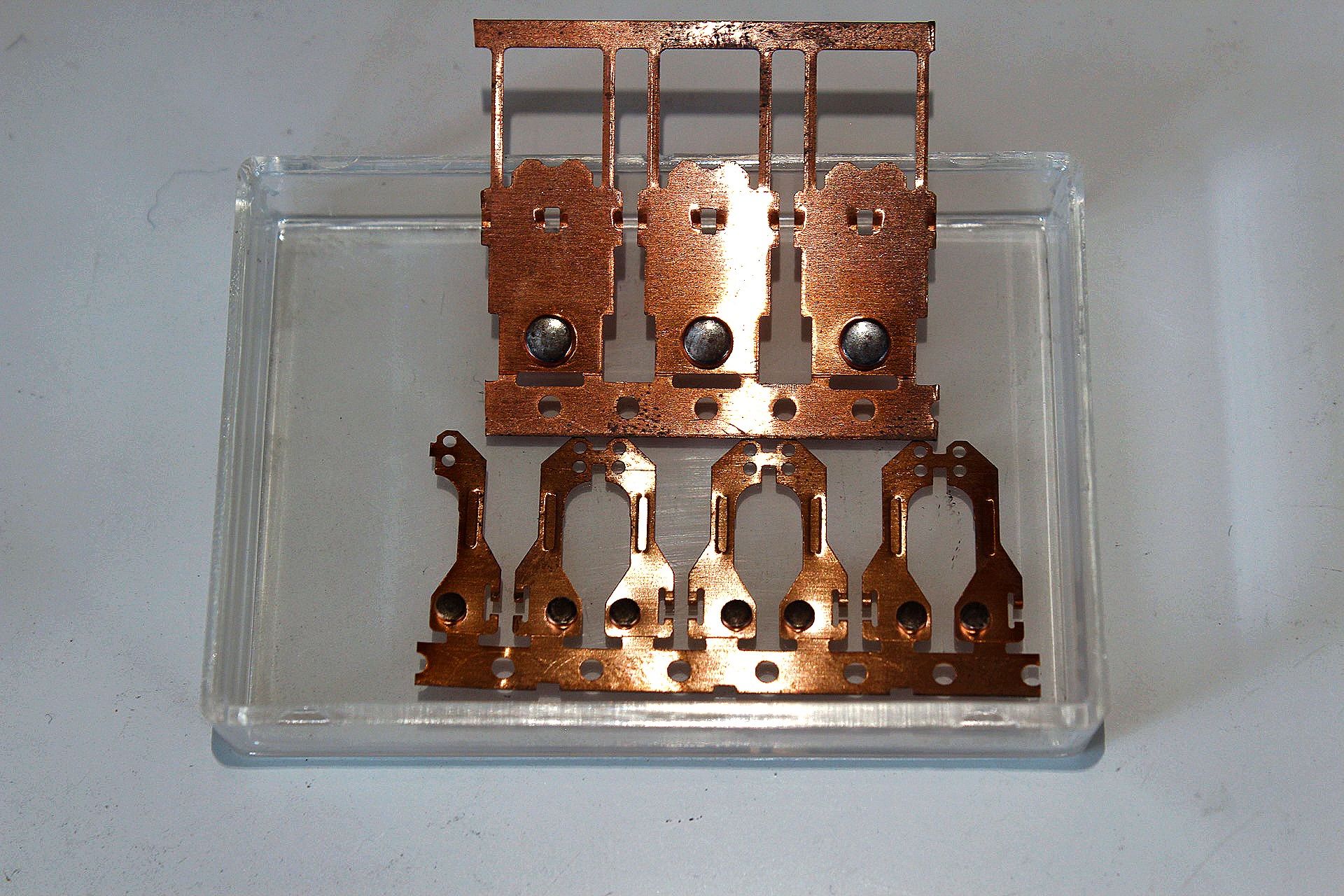
2. Four slider stamping
Four-slide stamping is a special stamping process used to produce complex-shaped metal parts. It utilizes a four-slide punch to complete multiple stamping operations by controlling the movement of four slides.
Key features of four-slide stamping include:
•Four-slide punch: A four-slide punch has four sliders that control different stamping operations. Each slide can move independently, allowing flexibility and versatility.
•Complex parts manufacturing: Four-slider stamping is suitable for manufacturing parts with complex shapes, such as bending, torsion, gears, springs, etc. By controlling the movement and position of the four slide blocks, complex parts can be formed.
•High precision and stability: Four-slide stamping has high precision and stability, producing parts with consistent size and quality. By precisely controlling the movement of the slide and the punching force, precise forming results can be achieved.
•Efficient production: Four-slide stamping can complete multiple stamping operations in a shorter time, improving production efficiency and output. It is suitable for mass production of parts that require high-speed production.
•Wide range of applicable materials: Four-slider stamping is suitable for various metal materials, such as steel, aluminum, copper, etc. It can handle materials of different thicknesses and hardness to meet the requirements of different parts.
Four-slider stamping is widely used in the automotive industry, electronic equipment, home appliances, hardware products and other fields. It is an efficient, flexible and precise stamping process that can be used to produce complex shapes and demanding parts.
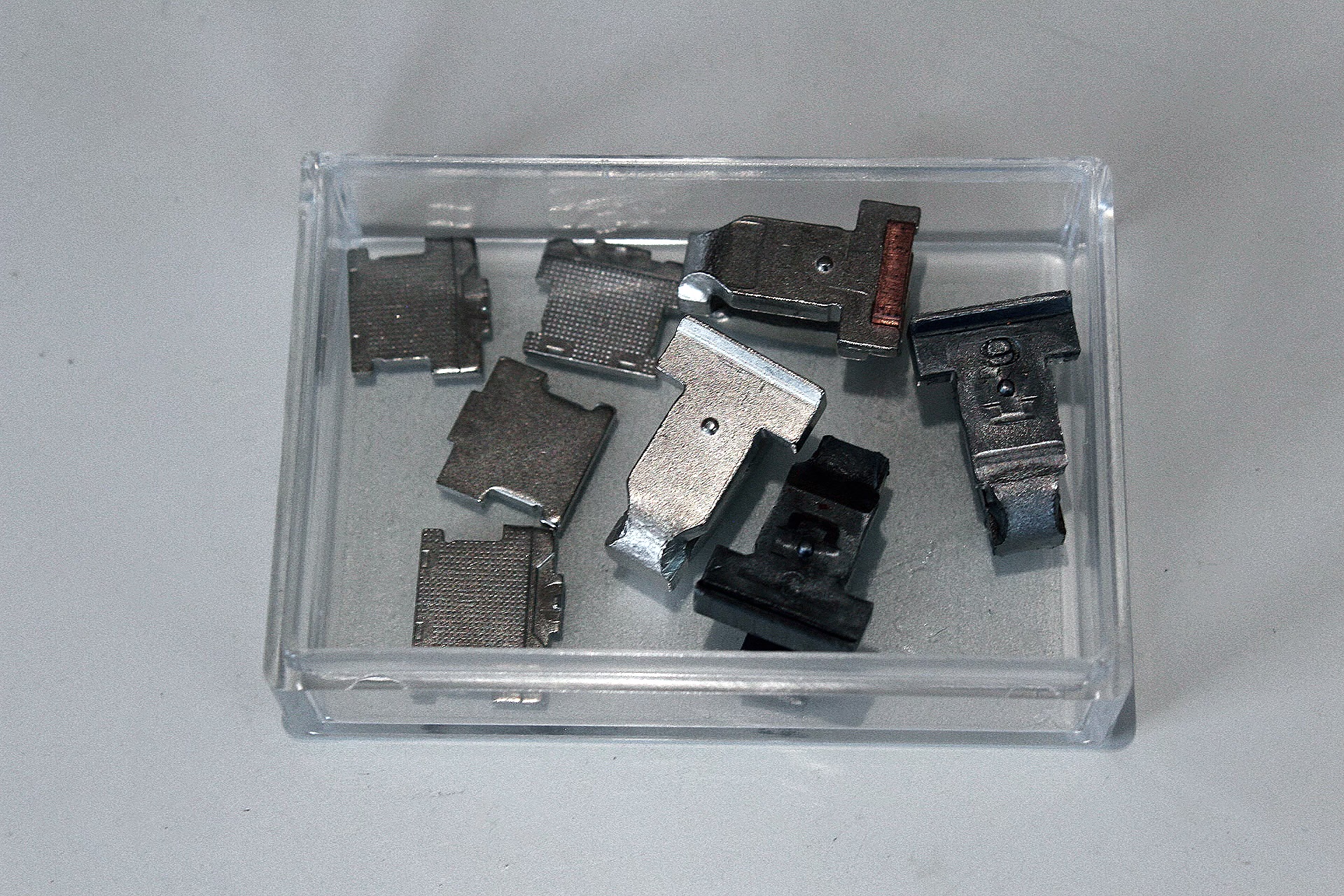
3. Deep drawing and stamping
Draw stamping is a metal stamping process used to transform flat metal materials into deep, three-dimensional shapes. It forms the desired shape by stretching the metal material into a mold.
The main features of deep drawing stamping include:
•Depth forming: Deep drawing stamping is suitable for manufacturing parts with depth, such as cylindrical parts, bowl-shaped parts, tapered parts, etc. By gradually stretching and deforming the metal material, the desired depth and shape can be achieved.
•Mold design: Deep drawing stamping requires specially designed molds to accommodate the deformation and stretching of metal materials. A mold usually consists of a die and a top die that work together to form the desired part shape.
•High precision and consistency: Deep drawing stamping has high precision and consistency, and can produce parts with the same size and quality. By precisely controlling the shape of the mold and the deformation of the material, precise forming results can be obtained.
•Multi-stage forming: Deep drawing stamping usually requires multiple stamping operations, each of which gradually increases the degree of stretching and deformation of the material. The combination of these processes allows for more complex part shapes and greater depth.
•Material selection: Deep drawing stamping is suitable for various metal materials, including steel, aluminum, copper, stainless steel, etc. Material selection depends on the requirements of the part, factors such as strength, corrosion resistance and cost.
Deep drawing stamping is widely used in automobile manufacturing, home appliance manufacturing, aerospace, industrial equipment and other fields. It is an efficient, precise and economical forming process that can be used to produce parts of various depths and meet the needs of different industries.
What are the differences in stamping processing?
Various stamping processes are manufactured according to the requirements and desired shapes.
BendThe bending process is relatively easy to understand. The worksheet is inserted into a specific mold and pressed with a punch or press brake to produce the desired bending angle through deformation.PerforationPerforation is the use of a punch to create small holes, slots or cuts. The punching die holds the workpiece, and the punch is lowered into the die to cut or punch holes in the metal plate.StretchStretching is pulling a metal sheet through a die to produce a specific shape or form. The high impact force generated by the punch pushes the metal plate against the mold, effectively deforming it to match the cross-section of the mold.EmbossedEmbossing is the use of punches and dies to create a raised surface on a sheet of metal. The punch contains a negative image of the desired shape, which is then pressed into the metal plate, leaving a raised or depressed image on the surface.CastingAs the name suggests, casting refers to the shaping of sheet metal into the features of a coin. Imprint the sheet in the desired area using two dies pressed against each other on opposite sides of the sheet.CuringCuring involves deforming sheet metal into a tubular shape or profile, such as a door hinge. This process is usually performed using specialized tools or machines, such as curling machines or press brakes.Hemming
It involves folding the edge of a metal sheet onto itself to increase the thickness of the edge.FlangingFlanging is when the material is bent along a curve. It involves applying pressure to one or more specific areas of a metal sheet, causing it to bend and form along a curve.All of these stamping operations are popular for their low cost, rapid production, complex shape capabilities and accuracy. Stamping is available with tolerances ranging from ±0.125 mm to ±1.5 mm.
Application of stamping process
Stamping parts are everywhere in our daily lives, from ordinary hardware to advanced aerospace parts. The fast, simple process, low cost and accuracy make it suitable for different automotive, aerospace, medical devices.
|
Industry Applications |
Application Areas |
|
Automobile industry |
The automotive industry plays an important role in the development of stamping technology. Originally developed to manufacture various automotive parts, it is now in the automation and computer control stages. Common parts in automobiles that use stamping technology include body panels, engine parts, transmission parts, suspension parts, interior decoration, etc. |
|
Telecommunication |
Connectors, switches, housings, relays, transformer cores, etc. |
|
Aerospace |
The stamping process produces a variety of aerospace components such as fuselage components, engine components, wheels, brakes, seats, cabin walls and fluid system components. |
|
Home appliances |
Washing machine drum, refrigerator door lining, oven rack, microwave plate, blender blade, coffee machine filter and more. |
|
Military defense |
Armor plates, helmets, magazines, triggers, antennas, connectors, navigation systems and sighting systems. |
|
Medical instruments |
Scalpel blades, forceps, pacemakers, artificial joints, medical tubing, braces, splints, dental crowns, medical sensors, microscopes, centrifuges, stethoscopes, artificial heart valves, artificial tendons, and more. |



